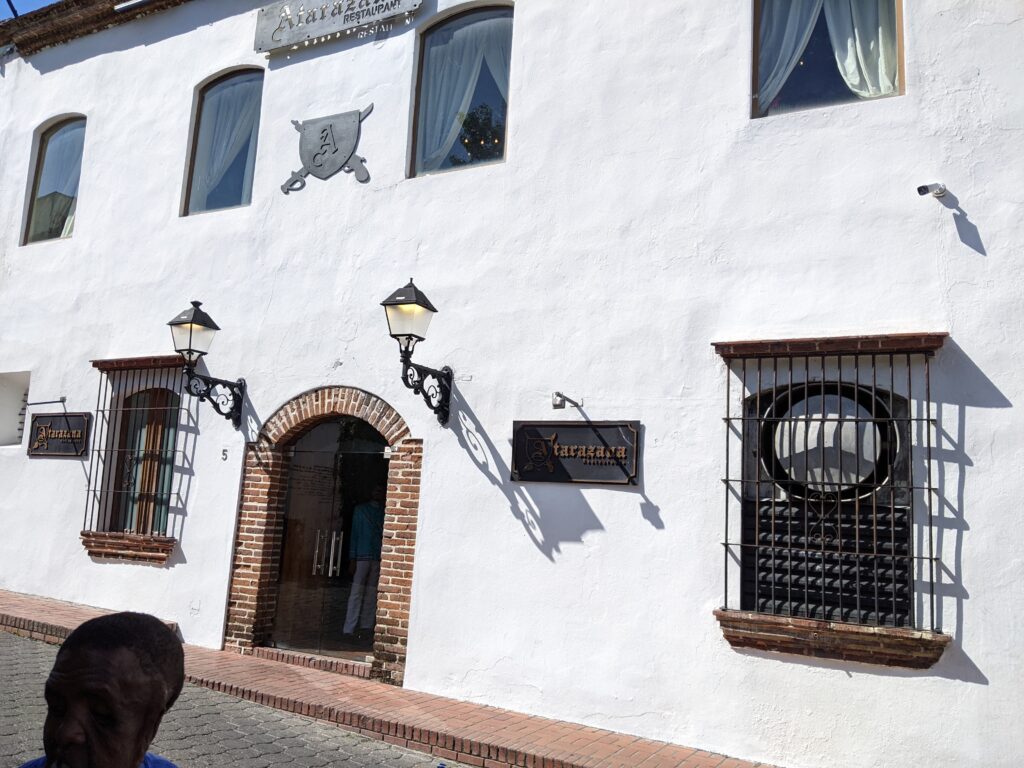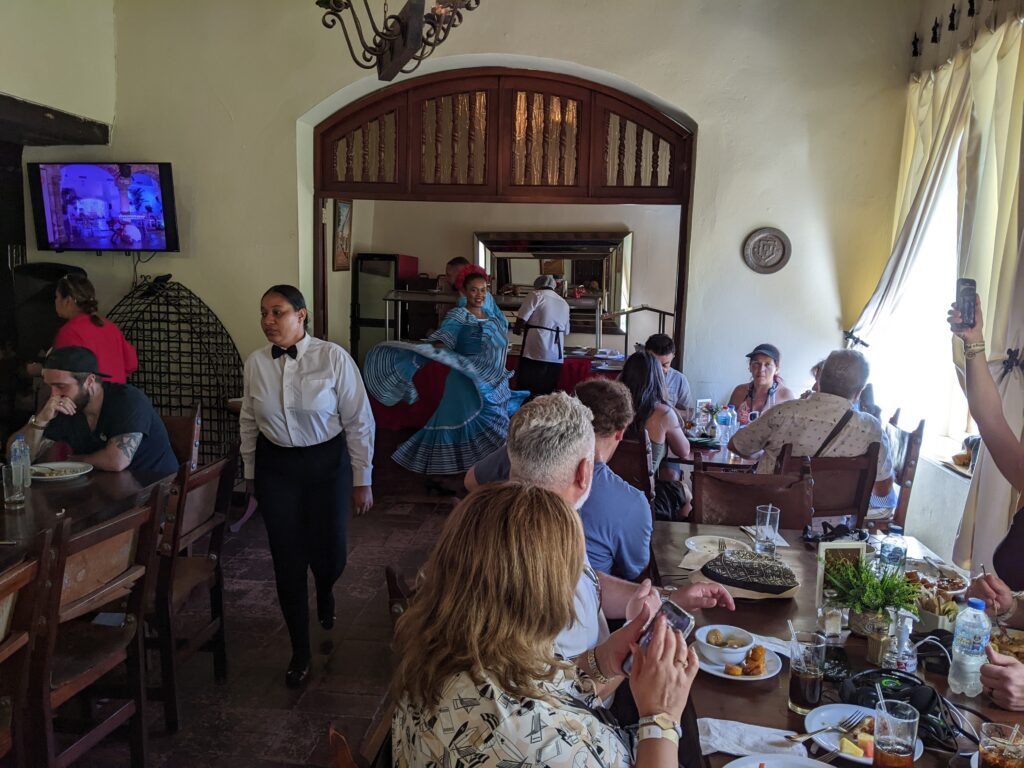Sightseeing Tour of Santo Domingo
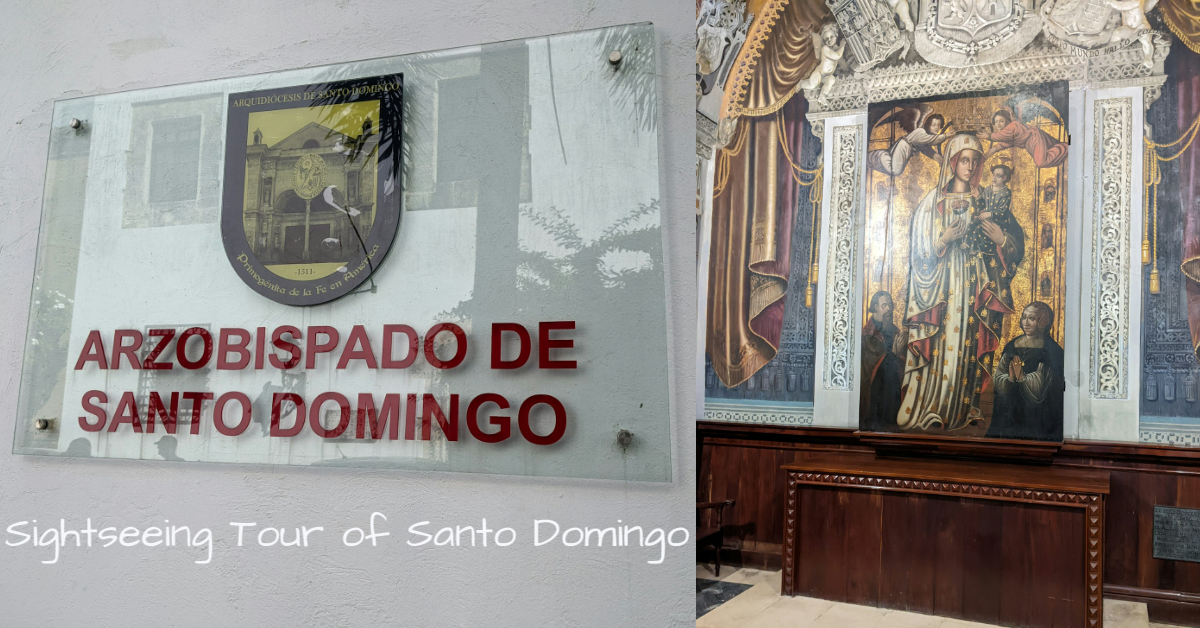
The sightseeing tour of Santo Domingo by Nexus Tours exposes you to the vibrant capital of the Dominican Republic, a city rich in history, culture, and modern allure. Santo Domingo is the oldest continuously inhabited European settlement in the Americas, offering a unique blend of old-world charm and contemporary Caribbean vibes. The Nexus Tour to this fascinating city provides visitors with a glimpse into its historical significance, cultural depth, and the warm hospitality of its people. Whether you’re a history buff, an architecture enthusiast, or someone looking to experience the heartbeat of the Caribbean, Santo Domingo has something for everyone.
The Colonial Zone is the heart of the sightseeing tour of Santo domingo
Munchy our guide starts the sightseeing tour of Santo Domingo in the Colonial Zone.
![]()
![]()
![]()
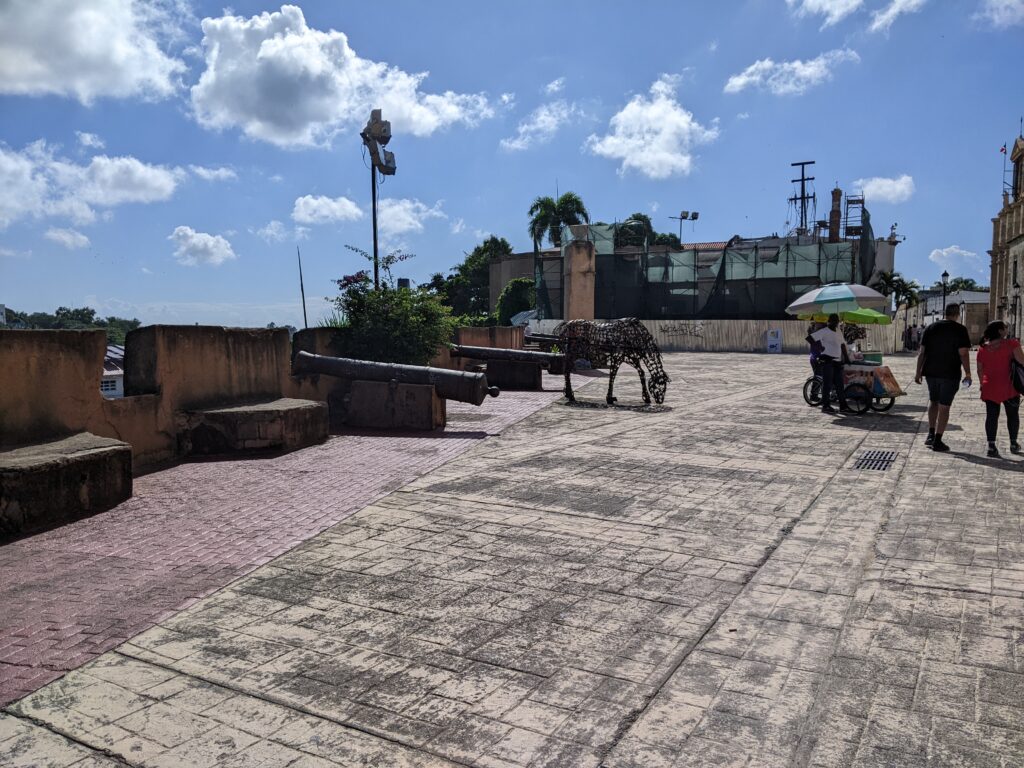
The Colonial Zone also known as “Zona Colonial,” is a captivating historical district that takes visitors on a journey through time.
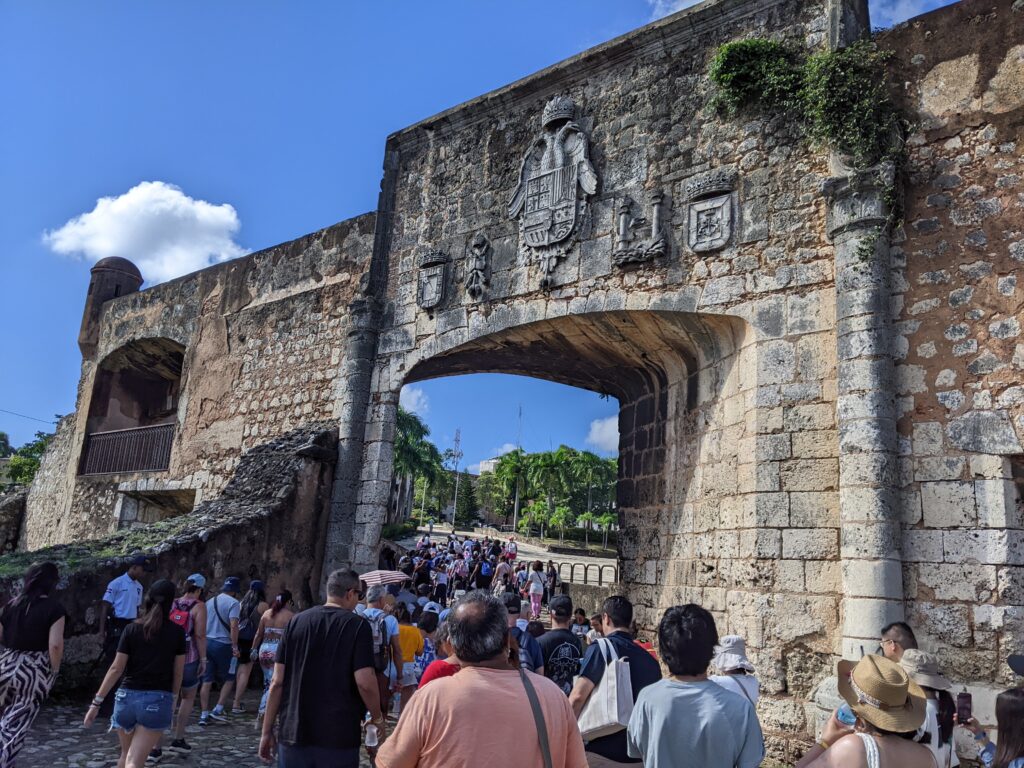
As the oldest European settlement in the Americas, founded in 1496 by Bartholomew Columbus, it holds UNESCO World Heritage status and remains a vibrant testament to the Dominican Republic’s colonial past.
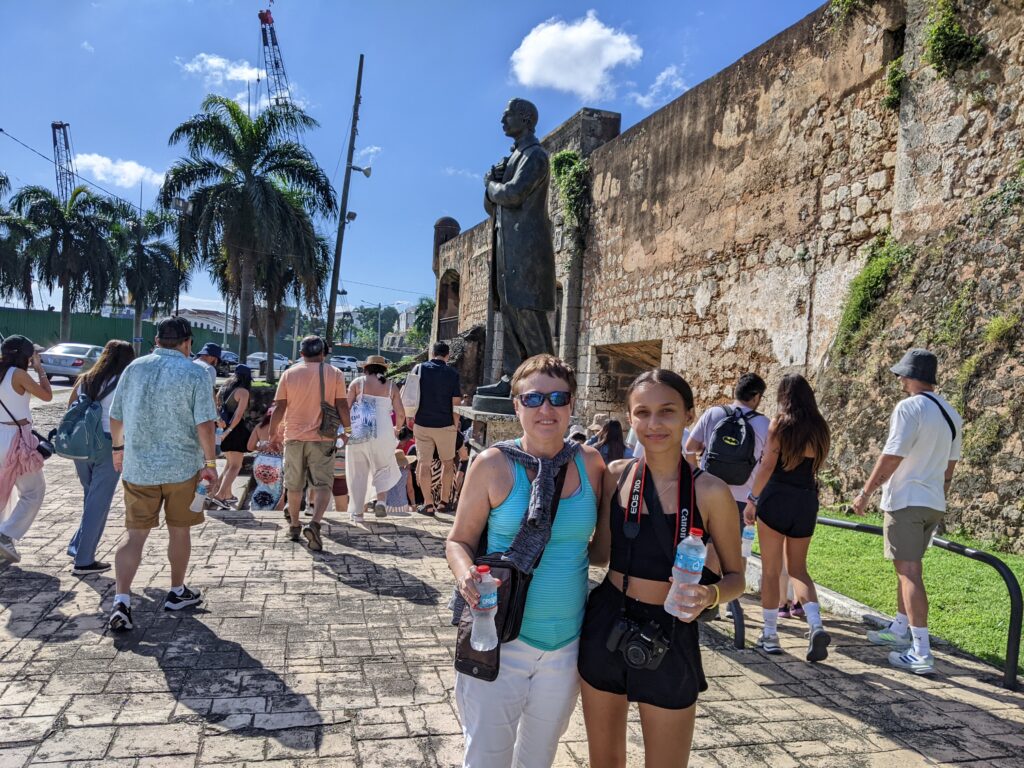
Walking through its cobblestone streets, one is enveloped in an atmosphere where history and modernity intertwine seamlessly.
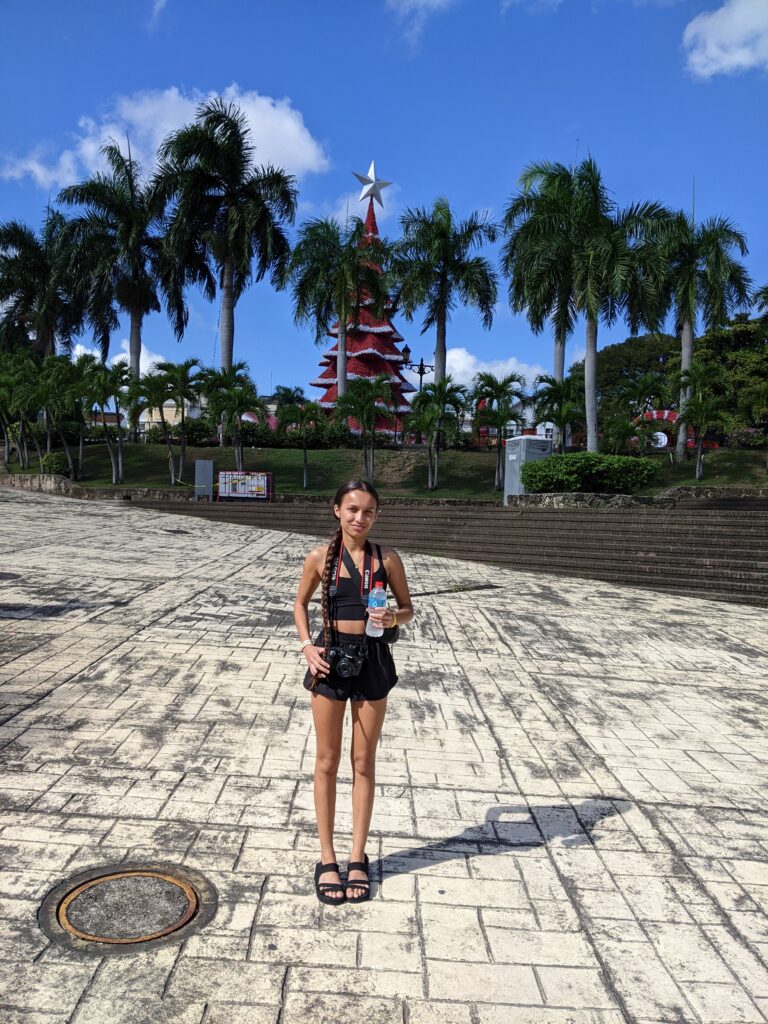
Museo de las Casas Reales: A Historical Gem in Santo Domingo
The Museo de las Casas Reales is a testament to the Dominican Republic’s rich history and cultural heritage. This iconic museum, housed in a historic building dating back to the 16th century, provides an immersive experience of the colonial past of the Americas. For history enthusiasts and casual visitors alike, the museum offers a fascinating journey through time, unveiling the legacy of the Spanish conquest and governance in the New World.

The Museo de las Casas Reales was originally constructed in 1511 by order of the Spanish Crown to house the administrative offices of the Spanish colonies in the Americas. The structure served as the headquarters for the Royal Court and the Governor’s office, making it a critical hub for colonial administration. The building’s architecture reflects the Spanish Renaissance style, with robust stone walls, arched windows, and intricate wooden ceilings that evoke the grandeur of its era.
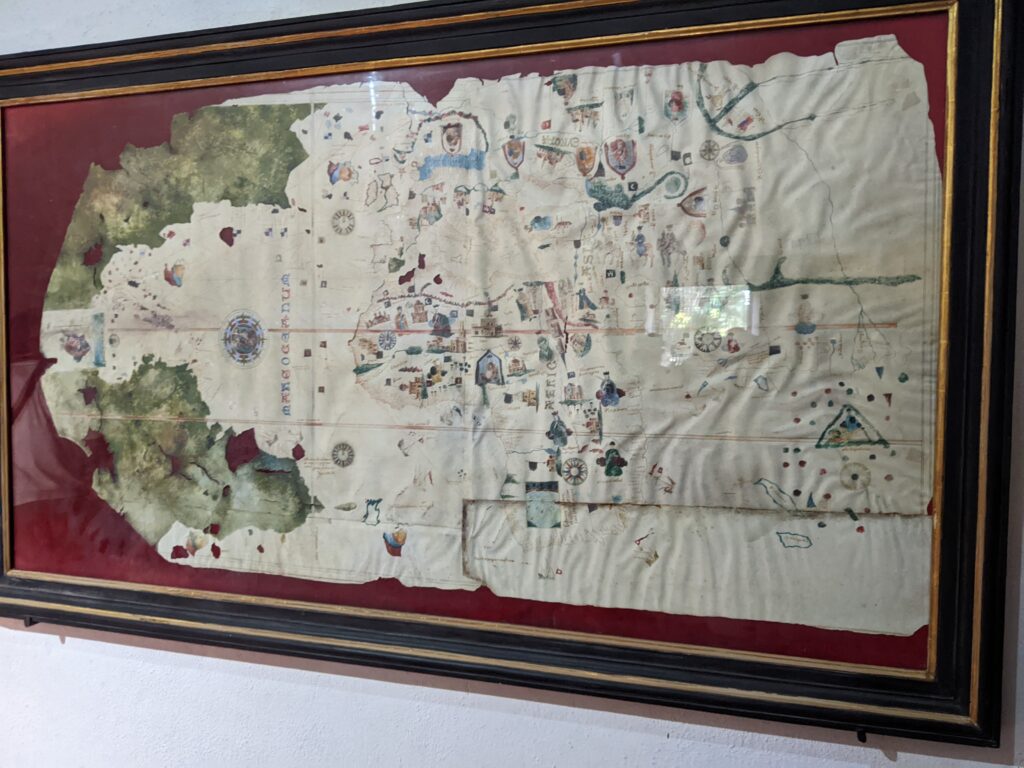
The museum’s exhibits span two floors and cover many themes related to the Spanish colonization of the Caribbean and the Americas. Visitors can explore artifacts, documents, and replicas that shed light on the colonial period’s political, economic, and social life.
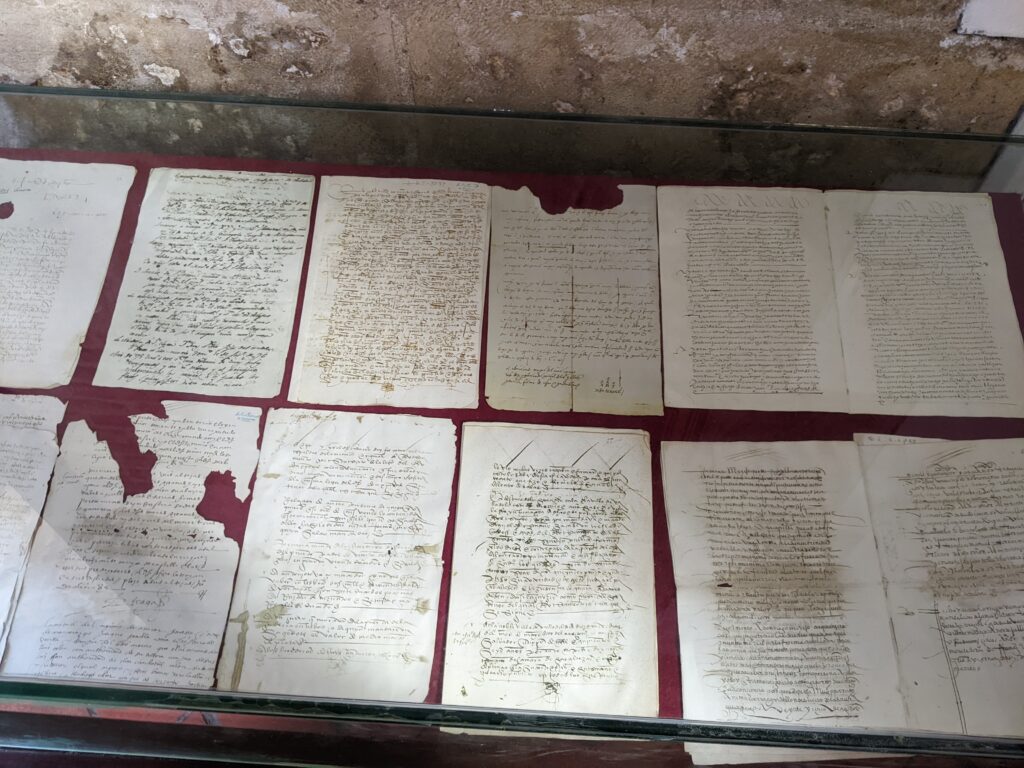
One of the museum’s most captivating sections is its collection of weaponry and military artifacts. Swords, muskets, and cannons from the 16th and 17th centuries highlight the martial aspects of colonial life and the defense of the territory.
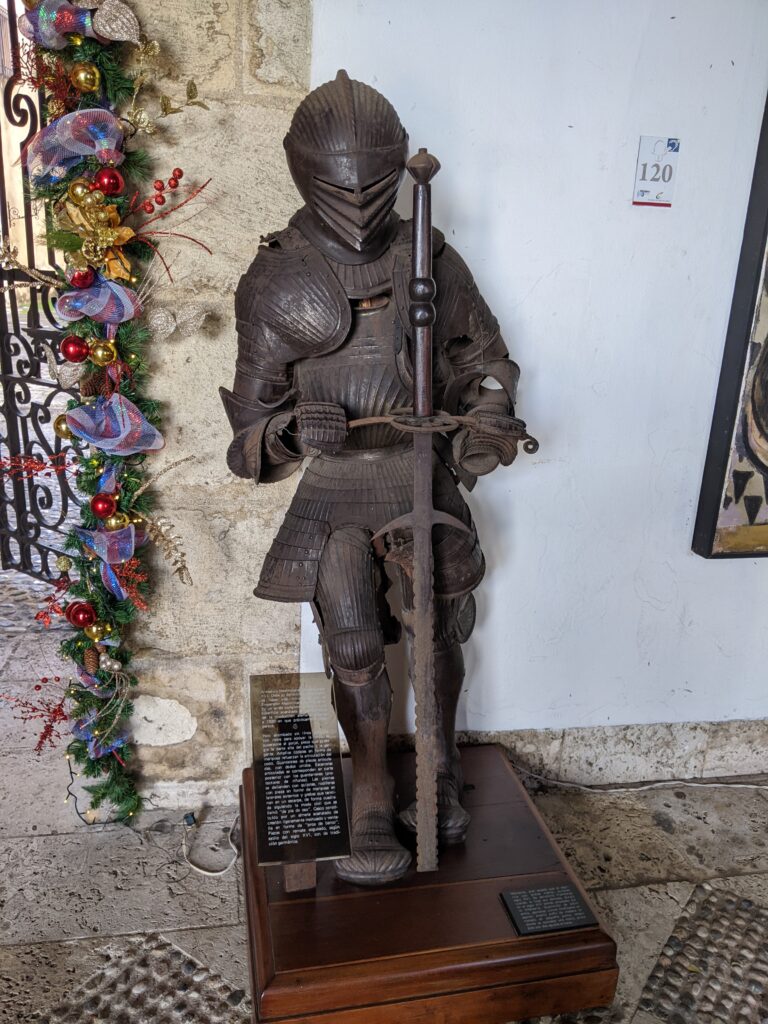
The museum also features exhibits on navigation and exploration, including antique maps and tools that showcase the methods used by Spanish explorers to traverse the Atlantic and chart the New World.
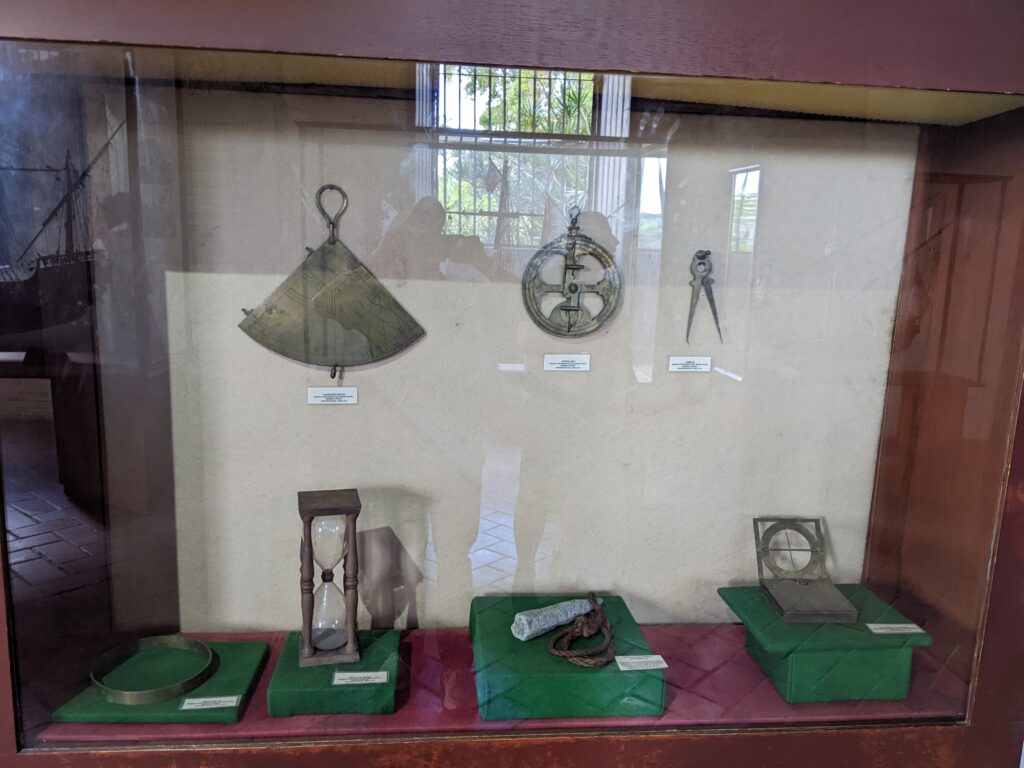
Another highlight is the display of furniture, clothing, and household items from the colonial period, which offers insights into the daily lives of both the ruling class and the indigenous population. The museum also houses an impressive collection of religious artifacts, illustrating the role of the Catholic Church in the cultural and spiritual life of the colony.
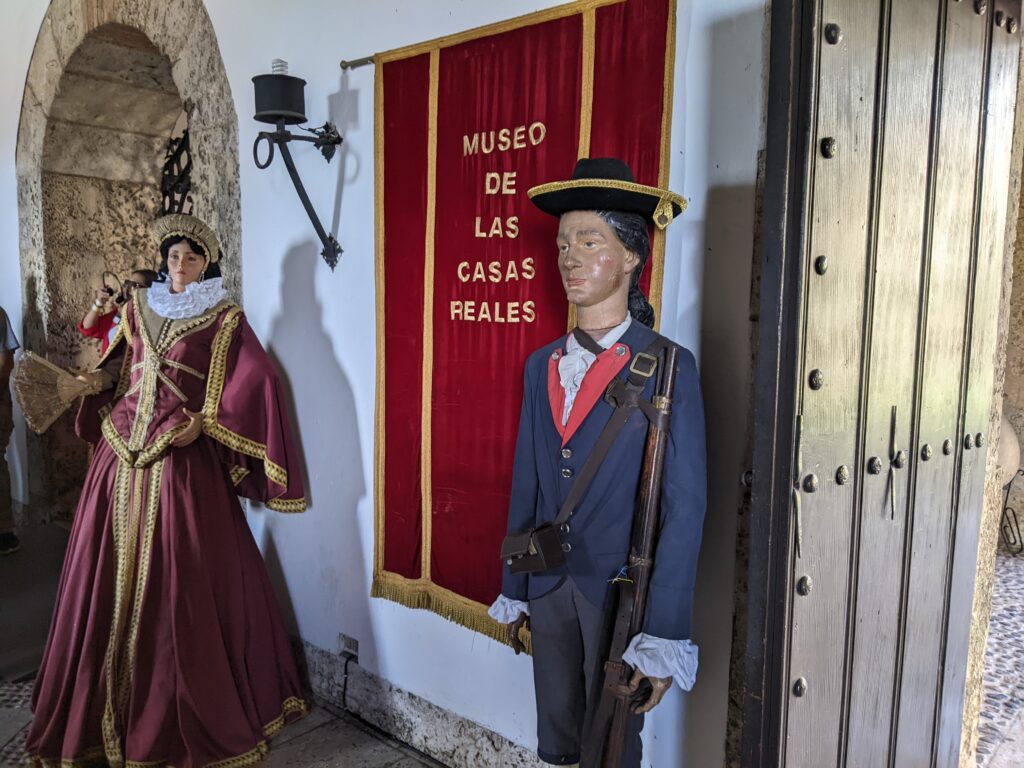
Panteon de la Patria
The Panteón de la Patria is a revered national monument located in the Colonial Zone of Santo Domingo, Dominican Republic. Housed in a beautifully preserved 18th-century building, it serves as the final resting place for some of the nation’s most illustrious figures. Originally constructed as a Jesuit church in the 1700s, the structure was later transformed to honor the country’s heroes.
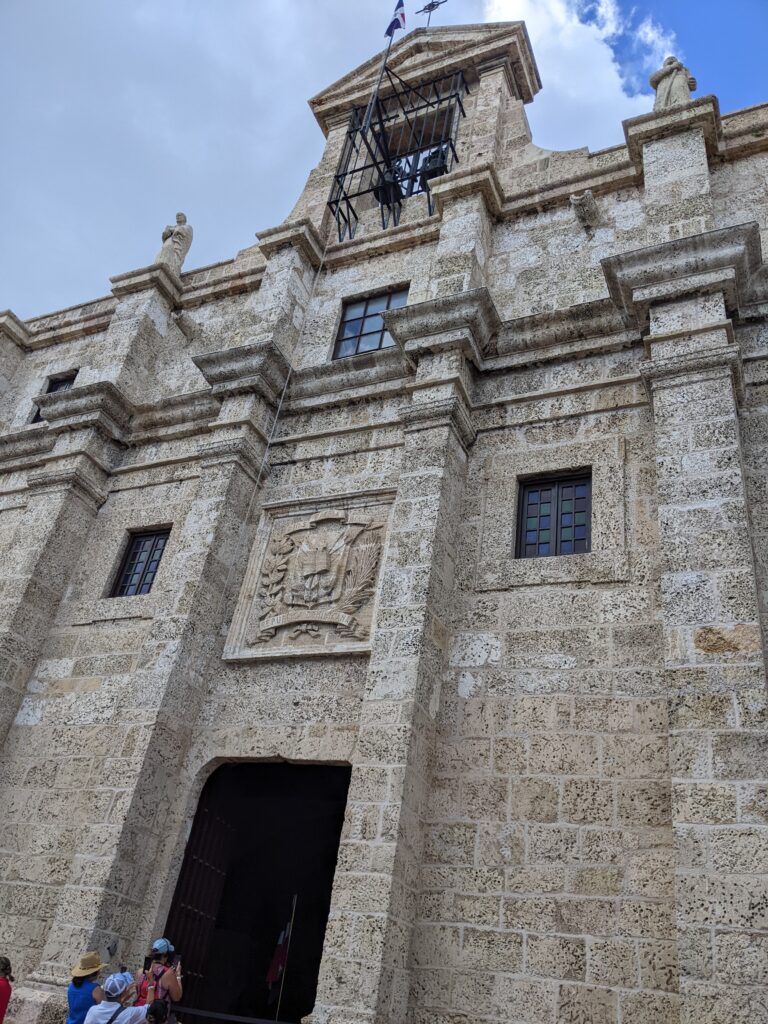
Its neoclassical architecture, adorned with marble, bronze details, and striking frescoes, offers a solemn yet majestic atmosphere.

At the heart of the interior lies the eternal flame, symbolizing the undying gratitude of the Dominican people to those who contributed to the nation’s independence and progress.
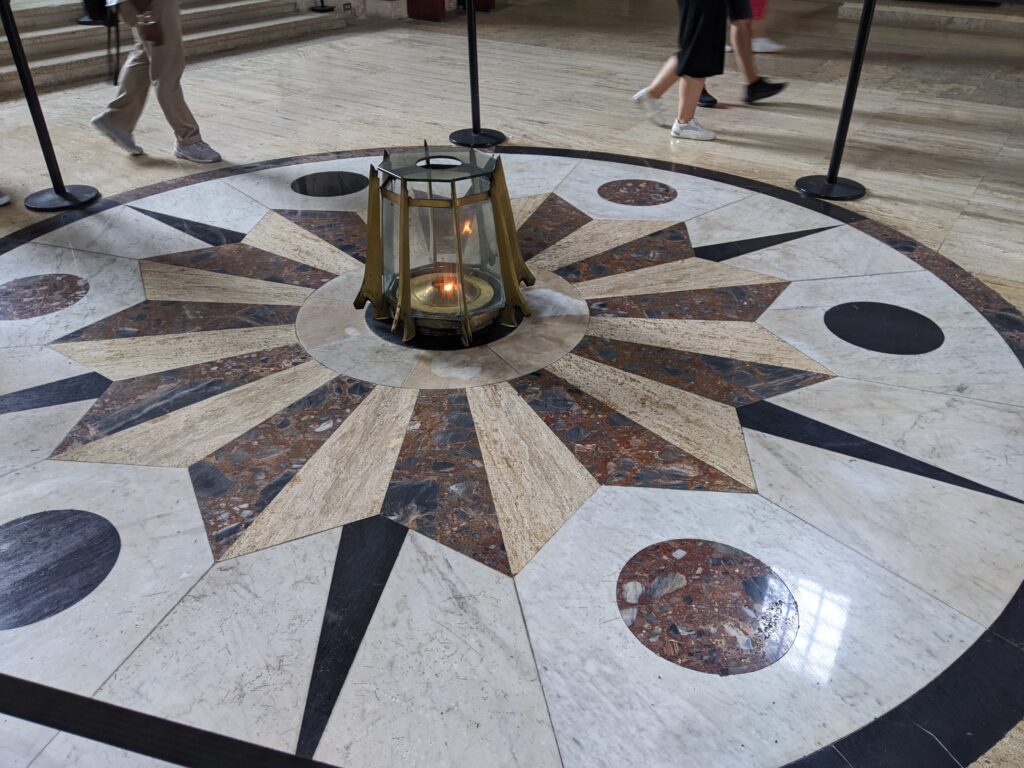
Among the luminaries interred here are Juan Pablo Duarte, Francisco del Rosario Sánchez, and Matías Ramón Mella, who are celebrated as the founding fathers of the Dominican Republic. Visitors can also view memorials to other national figures, each marked by plaques detailing their contributions.
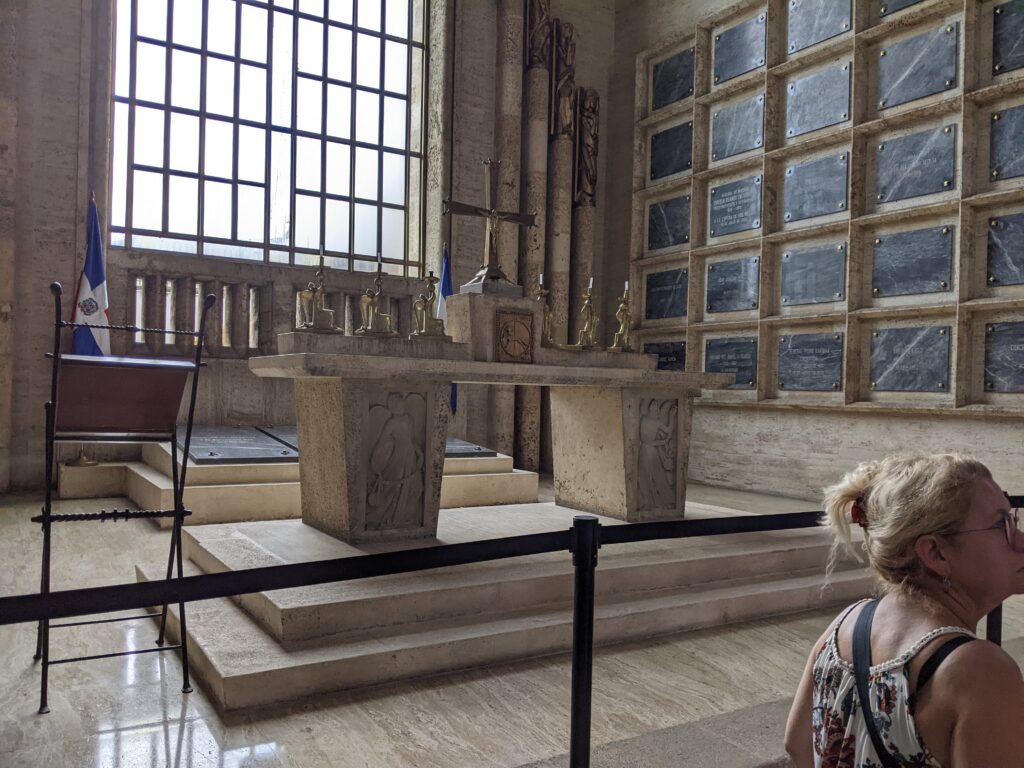
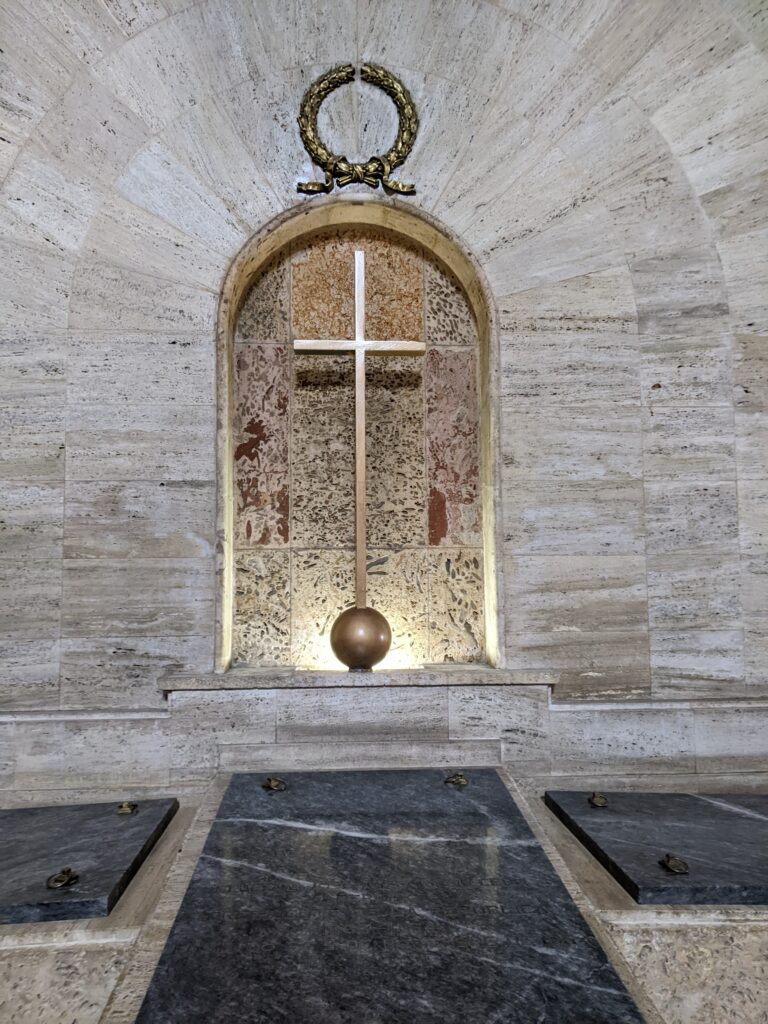
The Panteón de la Patria stands as a symbol of pride and remembrance, embodying the Dominican spirit of resilience and patriotism.
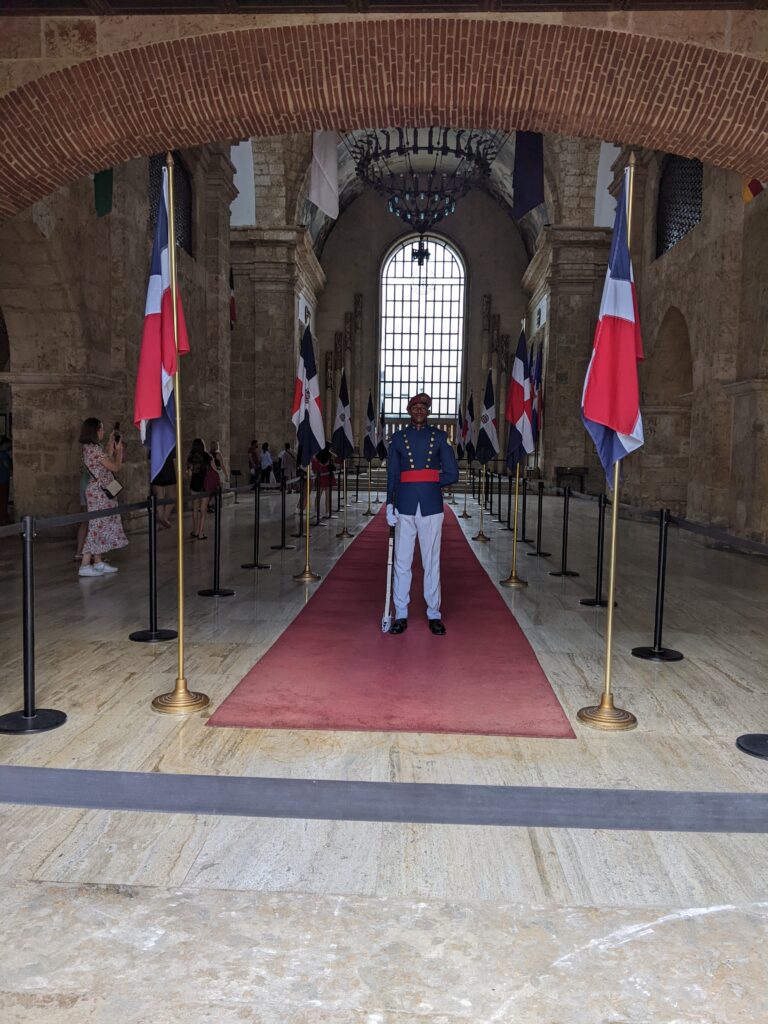
Catedral Primada de América
Munchy now brings us to the Catedral Primada de América, also known as the Basilica Cathedral of Santa María la Menor, which stands as a cornerstone of the cultural and historical heritage of Santo Domingo. Built between 1514 and 1541, it holds the distinction of being the oldest cathedral in the Americas. Its construction, ordered by Pope Julius II and overseen by architects Luis de Moya and Rodrigo de Liendo, reflects the architectural style of the Spanish Renaissance with subtle Gothic influences.
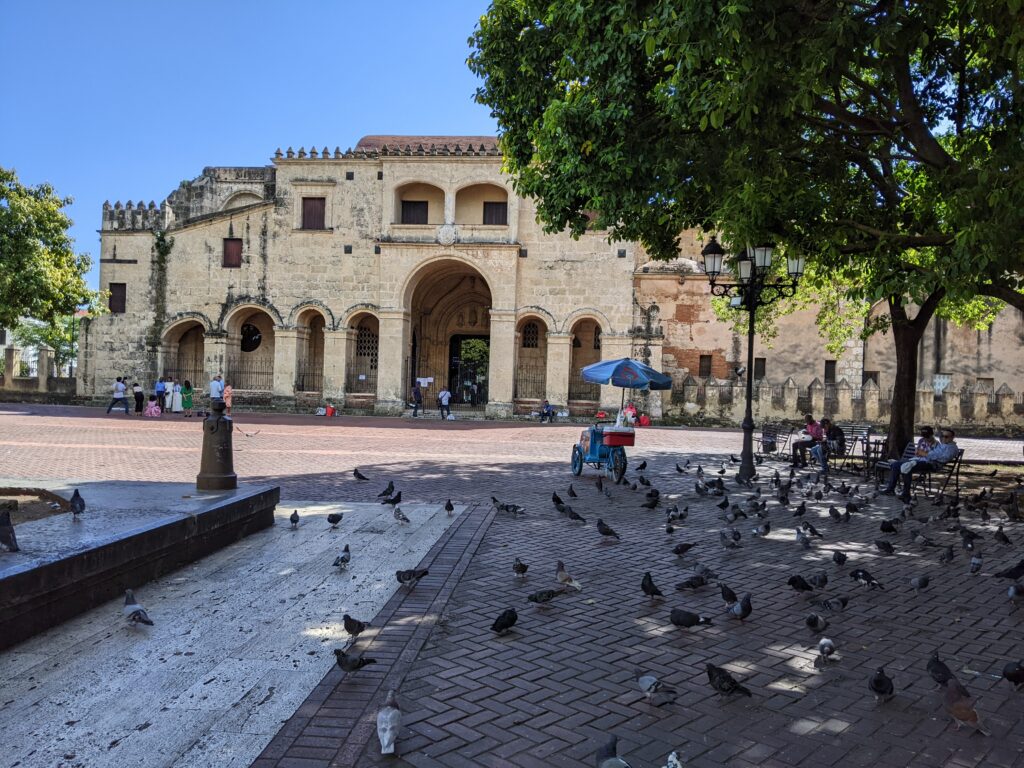
The cathedral is an architectural marvel. Its robust limestone walls and vaulted ceilings house stunning works of art, including religious paintings, wood carvings, and intricate stained glass. Notably, the building features a gold-plated altar and several chapels, each offering a unique spiritual and artistic ambiance.
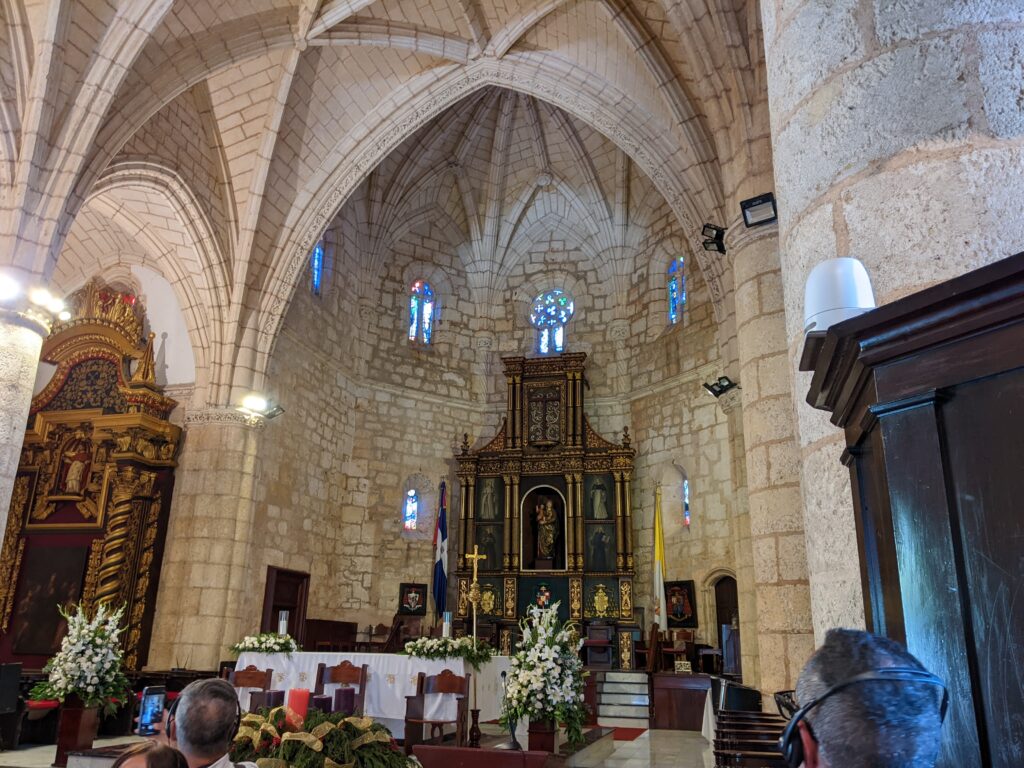
The cathedral’s historical significance is immense. It served as the headquarters of the Archdiocese of Santo Domingo and played a pivotal role during the Spanish colonization of the New World. Its connection to Christopher Columbus adds another layer of intrigue, as some historians believe it once housed his remains before their transfer to the Faro a Colón.
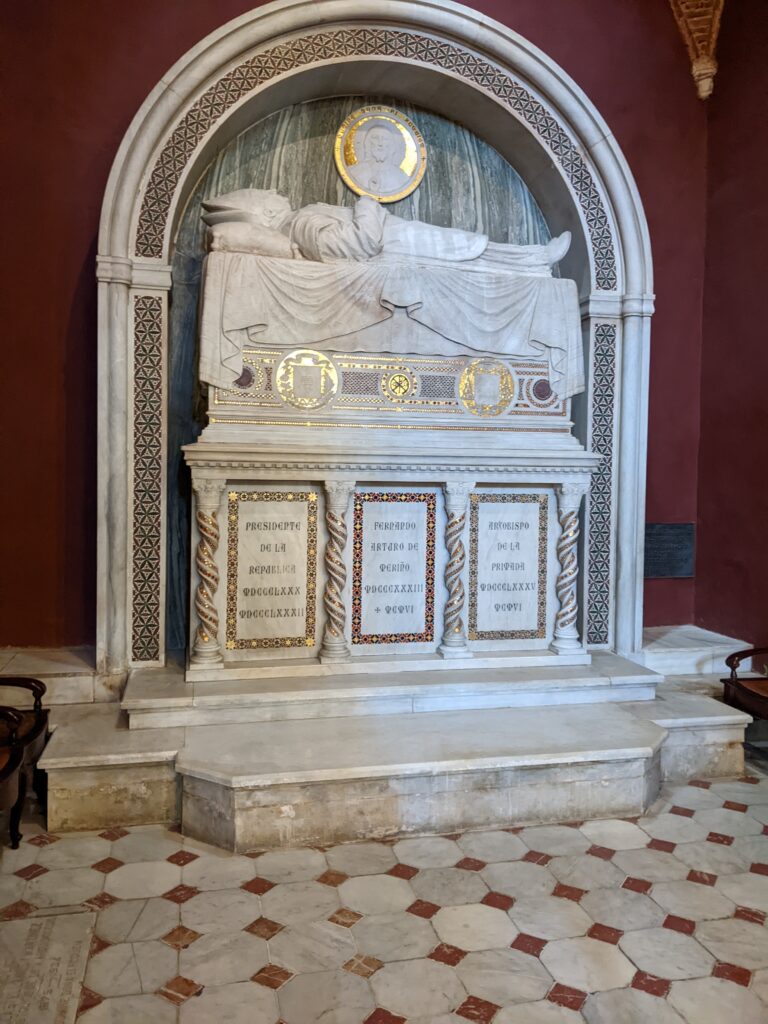
Today, the Catedral Primada de América remains an active place of worship and a key tourist attraction. I am drawn to its serene interior, rich history, and architectural beauty.
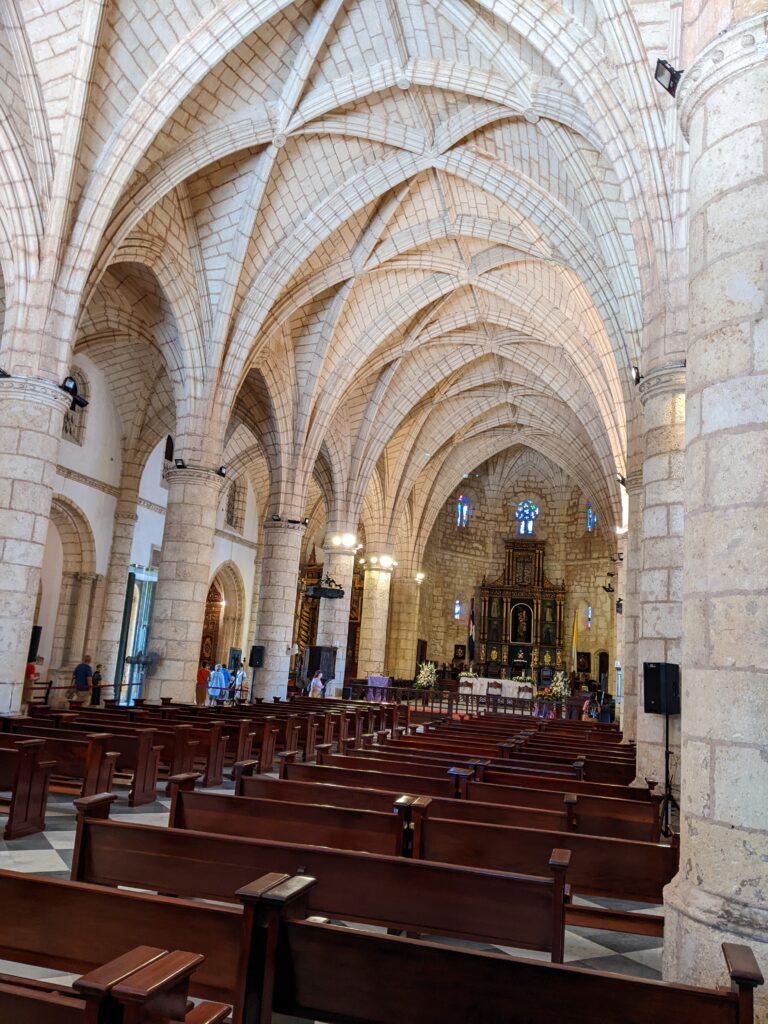

La Atarazana
We now head for lunch at La Atarazana. Located in the heart of the city’s historic Colonial Zone, La Atarazana exudes charm and a sense of history, making it a memorable destination.
After lunch, we head to Parque Colon
The heart of the Colonial Zone is Parque Colón, a lively square bustling with street performers, local vendors, and tourists. At its center stands a statue of Christopher Columbus, paying homage to the explorer’s pivotal role in the region’s history.
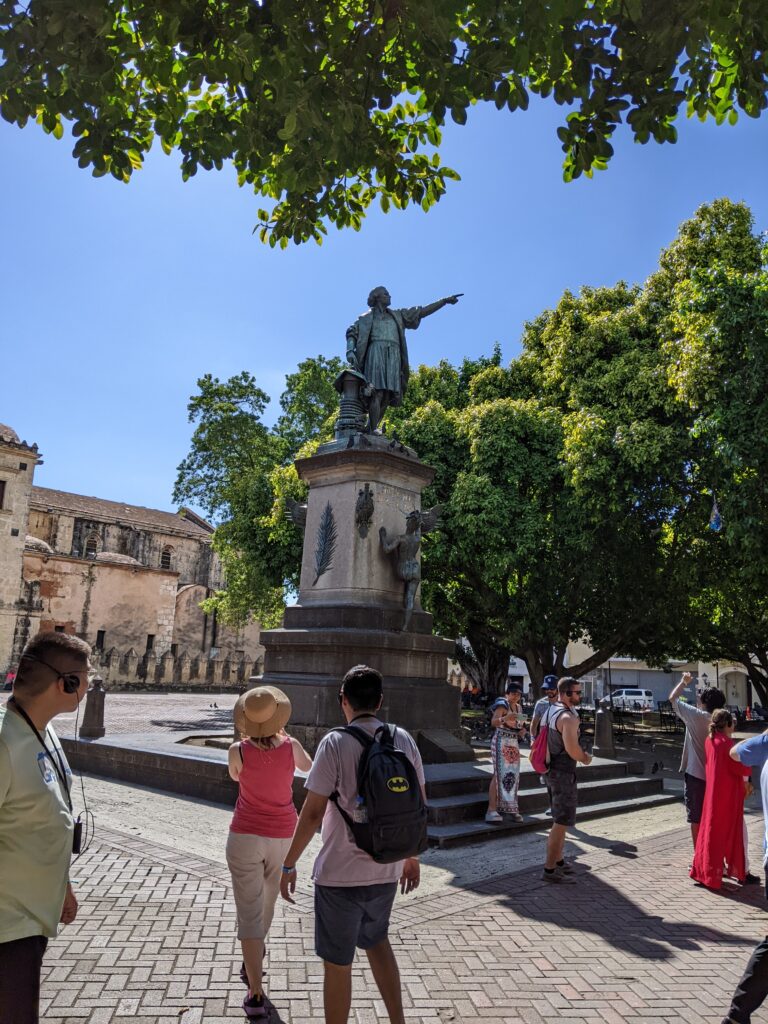
The square is surrounded by cafes and restaurants offering local delicacies like mofongo and chicharrón, providing an authentic Dominican culinary experience. Enjoying a meal while listening to live merengue or bachata music adds to the cultural richness of the visit.
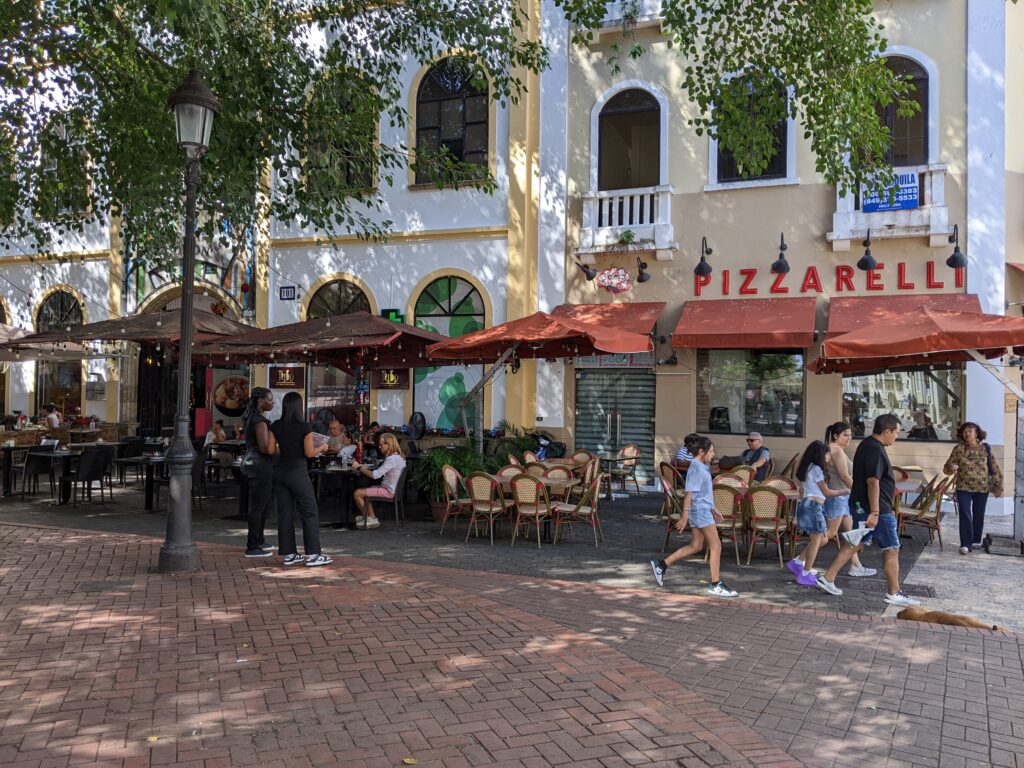
Beyond its historical significance, the Colonial Zone is alive with vibrant street art, modern boutiques, and cozy cafes. The juxtaposition of centuries-old buildings with contemporary establishments creates a unique charm. For those seeking souvenirs, Calle El Conde, a pedestrian-only street, is ideal for shopping. It offers everything from handcrafted jewelry to local cigars, making it a perfect spot to pick up the mementos of your journey.
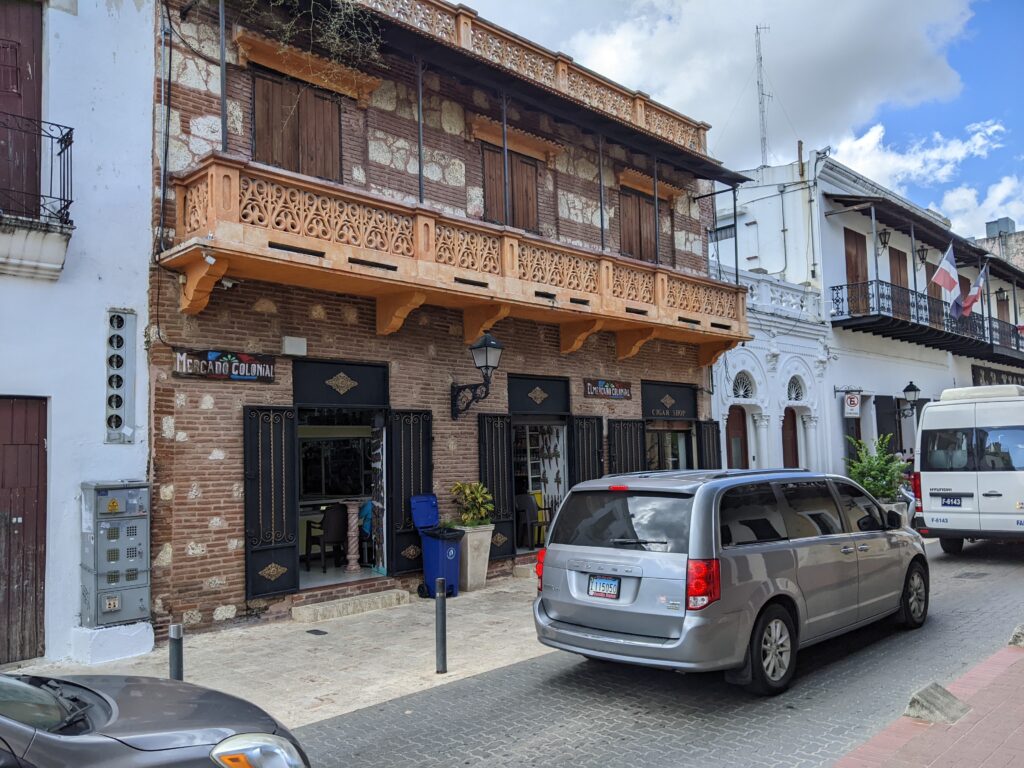

Another key highlight of the Colonial Zone is the Fortaleza Ozama, a 16th-century fortress that once protected the city from pirates and invaders. This imposing structure, located at the confluence of the Ozama River and the Caribbean Sea, offers panoramic views from its towers. Exploring its walls and grounds gives visitors a sense of Santo Domingo’s strategic importance and military history during the colonial period.
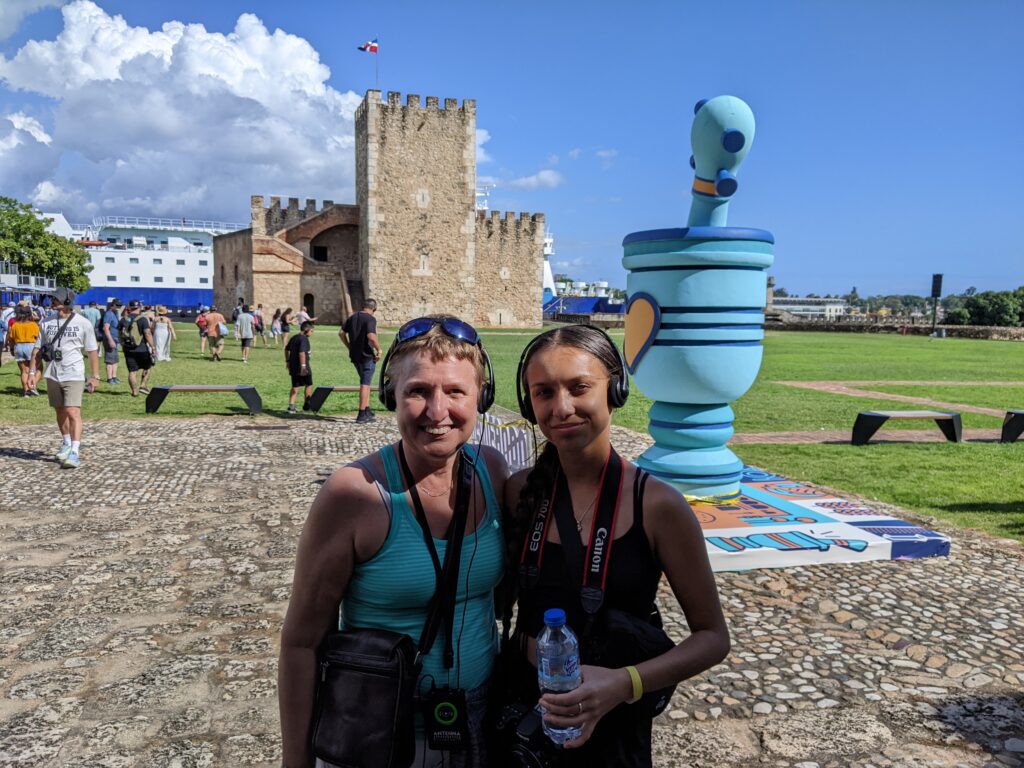
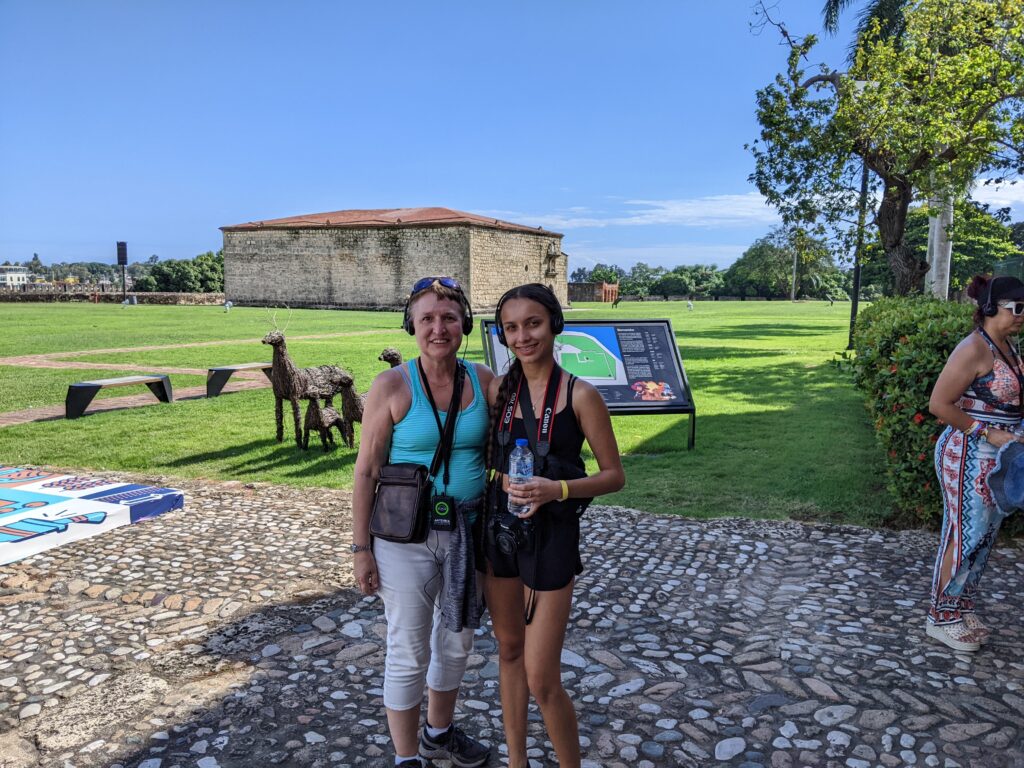
We drive by Faro a Colón, a colossal lighthouse and mausoleum dedicated to Christopher Columbus, marking the culmination of a Colonial Zone tour. While slightly outside the main district, this site is worth the visit for its grand architecture and historical significance.
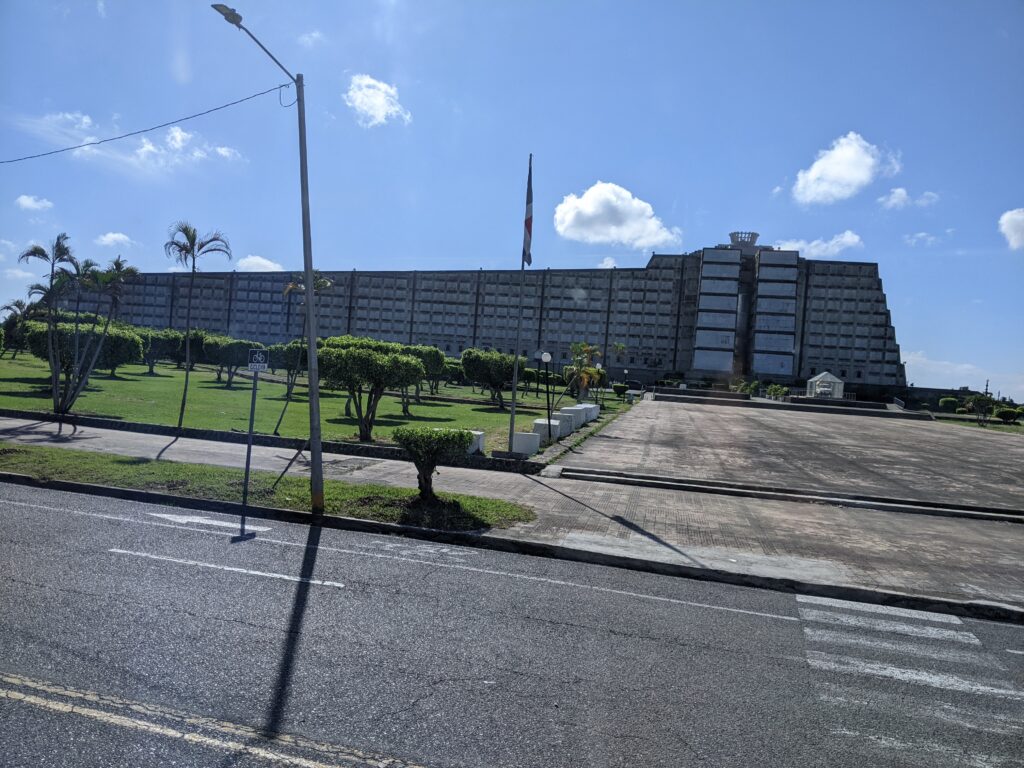
Exploring the Colonial Zone in Santo Domingo is more than a walk through history; it is an immersive experience that connects past and present. Its well-preserved monuments, lively plazas, and cultural vibrancy make it a destination that appeals to all senses. Whether you’re a history buff, a culture enthusiast, or simply a curious traveler, the Colonial Zone offers an unforgettable adventure into the heart of the New World’s beginnings.
As you move from the Colonial Zone, the streets become more modern and busy. You’ll pass iconic landmarks like the Palacio Nacional and the Malecón, a scenic road running along the Caribbean Sea, offering stunning ocean views.
A short drive from the heart of downtown brings you to Barrio Chino, Santo Domingo’s Chinatown. Here, you’ll see traditional Chinese arches marking the entrance to the district. The streets are adorned with red lanterns, and the aroma of Chinese cuisine fills the air. Restaurants and shops blend Chinese and Dominican culture, selling items like herbal remedies, Asian spices, and unique trinkets. The vibrant murals and cultural decorations add a splash of color to the urban setting.
Practical Tips for the Sightseeing Tour of Santo Domingo
Getting Around: The Colonial Zone is best explored on foot, and I recommend a guided tour by Nexus.
What to Wear: Santo Domingo’s climate is warm and tropical, so lightweight, breathable clothing is ideal. Comfortable walking shoes are a must for exploring historical sites.
Local Currency: The Dominican peso is the official currency, but US dollars are widely accepted in tourist areas. Credit cards are also commonly used.
Language: While Spanish is the official language, many people in the tourism industry speak English. Learning a few basic Spanish phrases can enhance your experience.
Safety: Santo Domingo is generally safe for tourists, but it’s always wise to stay alert and avoid displaying valuables.
The sightseeing tour of Santo Domingo offers a perfect blend of history, culture, and relaxation. From exploring the cobblestone streets of the Colonial Zone to savoring the impressive historical landmarks and enjoying the city’s vibrant nightlife, every moment in Santo Domingo is filled with discovery and delight. Whether it’s your first visit or a return trip, the sightseeing tour of Santo Domingo will leave you with unforgettable memories and a deep appreciation for the Dominican Republic’s rich heritage.


